MGs, Minis, and Millennials: The next generation of Little British Car enthusiasts
I often try to reminisce about England in the 1950s and ’60s. Crisp autumn days in the Cotswolds. Narrow village lanes. Classic British motoring. The problem here is that I was born in Canada. In the mid-1990s. The Dictionary of Obscure Sorrows defines this sort of sentiment: Anemoia (noun): Nostalgia for a time you’ve never known.
I belong to a group of young British motoring enthusiasts, and we know this feeling well.
The postwar period in England ushered in the development of small cars that perfectly paired man and machine. The liberty and optimism of this golden era were complemented by the handsome styling and reassuring handling afforded by Little British Cars (or LBCs)—chief among them, the droptop. The period marked the pinnacle of raw, tactile enjoyment that British auto manufacturing could provide, and starry-eyed enthusiasts have been chasing it ever since.

I purchased my blue 1976 MGB in 2014, when I was 19. It was my first car. Originally a Harvest Gold American-market car that had been imported to Canada, this repainted six-owner MG exemplifies the perseverance of British motoring. Locked at 38,609 miles, the odometer stopped working shortly after I bought the B. It’s a five-digit unit that I’m certain has rolled over once, if not twice. The British Leyland Baltimore Dealer business card I found under the ripped and sun-bleached seat, along with a New York State Parks ticket from 1998, alluded to the car’s history of constant use.
I’ve added another 30,000 miles, taking it from Toronto to Pittsburgh, Watkins Glen to Detroit, and Niagara Falls to northern Ontario. When I moved to Toronto from the sleepy suburbs and brought my MGB along with me, I thought I was surely the only person my age masochistic enough to strap on leather gloves and daily-drive a half-century-old oily death trap on some of the most treacherous highways in North America. As it turned out, I was wrong.
Engaging with the car scene on social media, I connected with an entire group of classic car owners who defy the stereotypes of the British car community. This group of millennials and Gen Zers spans North America, from my home in Toronto all the way to Los Angeles. And they don’t just own these old British cars—they drive the snot out of them. Why are a bunch of teens and twentysomethings suddenly so obsessed with an obscure era of obsolete British relics? I reached out to investigate, and a few of them agreed to meet to chat about it.

I arrived in my MGB and was soon joined by Jason DeFreitas in his MG Midget, Colin Doust in an Austin-Healey Sprite, and Josh Crawford with his Austin Mini. They arrived late, but only because they’d had to procure some oil for a top off. Which was fine, because it gave me time to tinker with my horn, which had stopped working. We are nothing if not immersed in the British car experience.
Unsurprisingly, one of the first topics was the reliability of our cars. Crawford, age 18, has had the most stereotypical experience. “My car has broken down dozens of times,” he said, undeterred. “But every time it breaks down, I end up learning something and am better prepared for when it breaks down next. It doesn’t stop me from going on long-distance trips.”
Jay Leno defined the classic British car zeitgeist in a single sentence when firing up Moss Motor’s experimental MGB on his web series Jay Leno’s Garage: “Oh, wow, it started!” Leno is no stranger to British automobiles, and in an episode last year, he got behind the wheel of one of his favorite cars of all time—an MGA—owned and restored by 24-year-old enthusiast Daniel Harrison. I got in touch with Daniel, who described the reliability of his 1958 MGA as nearly flawless, though he insists that maintaining these aging English contraptions isn’t always sunshine and rainbows. “Sometimes they’re extremely irritating and uncomfortable, and then occasionally you get a little golden nugget of an experience which sucks you right back in again.” Daniel’s YouTube channel “Limit 55” aims to demystify the classic car experience and portray the honest picture of owning and maintaining vintage cars.

Jason DeFreitas shared a similar sentiment on this double-edged-sword regarding his orange MG Midget. “With 65 horsepower and four gears, having your engine scream at 4500 rpm for an hour gets old. It has also taught me every possible way to get oil out of my driveway. But it is a riot to drive, handles like a go-kart, and makes all the right noises.”
It’s no secret that British cars have a famous reputation for their electrical gremlins and oil stains. The consensus among us was that these cars will always need attention— because they’re old, not because they’re British. There will always be surprises and sometimes even dark days, but their agricultural robustness and their simple serviceability have allowed them to stand the test of time. Ultimately, if you take care of these classics, they will take care of you. Having a roadside assistance plan doesn’t hurt, though.
Cars like the MGA and B, the Austin-Healey 100 and 3000, and various Triumphs defined the modern recipe of the nimble, front engine, rear-wheel-drive sports car. Despite their front-drive packaging, you could lump Minis in with them, too. That all of these cars were also affordable endeared them to millions of motorists on both sides of the Atlantic.
Minis, for example, are one of the world’s most popular classic cars. From 1959 to 2000, a mind-boggling 5.3 million were produced, six of which were used in the filming of the Mr. Bean series. MGBs also rank as one of the bestselling classics; from 1962 until 1980, MG produced over half a million of them, and it is estimated that upwards of 15 percent are still on the road today.
In addition to scoring historic victories at Le Mans, Monte Carlo, and the Nürburgring, the MGB was practical, economical, and affordable—the GT version was affectionately dubbed “the poor man’s Aston Martin.” I would put extra emphasis on the “poor” given that having roll-up windows was touted as a groundbreaking feature in sales brochures of the time. Other standard features included an ashtray and steel wheels. But novelty equipment wasn’t what sold these cars. The promise of pure joy sold them.

As demand for these Little British Cars wanes, however, so too does membership in many established classic car clubs. Although Colin, Daniel, and I are part of local and national Triumph and MG clubs, new memberships are still failing to offset the loss of old ones. Reassuringly, however, these cars are re-emerging in new circles. When he isn’t studying engineering, Josh can be found attending a number of local car meets and club events, including one at his university. Jason, meanwhile, runs a popular local car club called Northrides Orangeville. His aim is to create an inclusive group “free from idiots and judgmental a-holes” where his MG Midget can be seen alongside JDM classics and Kei trucks, German autobahn cruisers, and various exotics.
Today, the price of car ownership is skyrocketing. Many new vehicles feel out of reach for young people, and many of the previously sensible classics like Mazda Miatas and Datsun 240s are becoming all but unattainable. But not these Little British Cars. The value trend lines for MGAs and Bs, Midgets, Minis, and Spitfires have generally remained flat over the last decade. That’s great news for the money-strapped youth of the world.
Even better, these cars can be serviced and even rebuilt with the most rudimentary of hand tools. A half-inch wrench and a screwdriver can fix most things, and every single part for these cars is readily available—and largely affordable, though most parts seldom need replacing at all. In fact, the overall simplicity of these LBCs—MGB shock absorbers are based on 100-year-old compact hydraulic lever arms that can be serviced rather than replaced—helps keep more of them on the road. Putting miles on these cars comes easy when maintenance costs are low and fuel consumption is that of a lawnmower.
Even with fuel prices currently at obscene levels, I’m still not dissuaded from driving. My B averages 30 mpg on the highway, and I regularly exceed 6000 miles per year in it. Josh drives his Mini more than 2,400 miles a year; Jason takes his Midget on frequent long journeys; Daniel’s MGA has been across California and back; and Colin is planning a thousand-mile trip to Road America with his Sprite.
And even with their wallet-friendly powertrains, these cars are far from slow and boring, which only furthers their timeless appeal. Although the MGB’s 95 horsepower doesn’t sound like a lot, a properly tuned B-series motor is a highly capable musical instrument with a uniquely throaty howl. Mild upgrades to any of these cars—lightened flywheels, headers, shaved and ported cylinder heads—go a long way toward maximizing performance. Ancient, dependable, and famously fickle twin SU carburetors allow for some of the best throttle response available.
Sure, modern cars offer infinitely more comfort, safety, and even speed than their vintage British counterparts, which never got the memo on noise, vibration, and harshness. But the overwhelming majority of new vehicles today are a beige appeal to the lowest common denominator, each crammed with a tacky assortment of gimmicks which are simultaneously everything and nothing. Amid the landscape of increasingly boring modern cars and increasingly expensive classics, Little British Cars are a gleaming beacon of hope for a truly attainable driving experience. For younger enthusiasts, they present a unique opportunity to get the thrill of a sports car, the charm of a classic, and the price tag of a clapped-out Hyundai. And, as always, you won’t lack for attention: My 47-year-old MG gets looks everywhere I drive. Smiles and happy memories shared from silver-haired gentlemen recalling their youth. Waves from little kids on their bikes telling me to floor it (I usually already am).

“Still One Jump Ahead” read British Leyland’s MG advertisements throughout the 1970s. By the end of the decade, most new British cars were absolutely showing their age; they were outdated and outpaced by the competition, which increasingly came from Japan. Nevertheless, what made these British cars so popular in the past is what will allow them to prosper in the future. Affordability, simplicity, and fun have always been a recipe for success. Among the noise (and, increasingly, the EV hush) of today’s automotive landscape, cheerful LBCs will continue to attract the latest generation of enthusiasts eager to experience the analog freedom of the golden age of motoring. The Little British Car, it would seem, is still one jump ahead.
* * *
“What would you tell other people looking to get into a classic British car?”
***
Check out the Hagerty Media homepage so you don’t miss a single story, or better yet, bookmark it. To get our best stories delivered right to your inbox, subscribe to our newsletters.

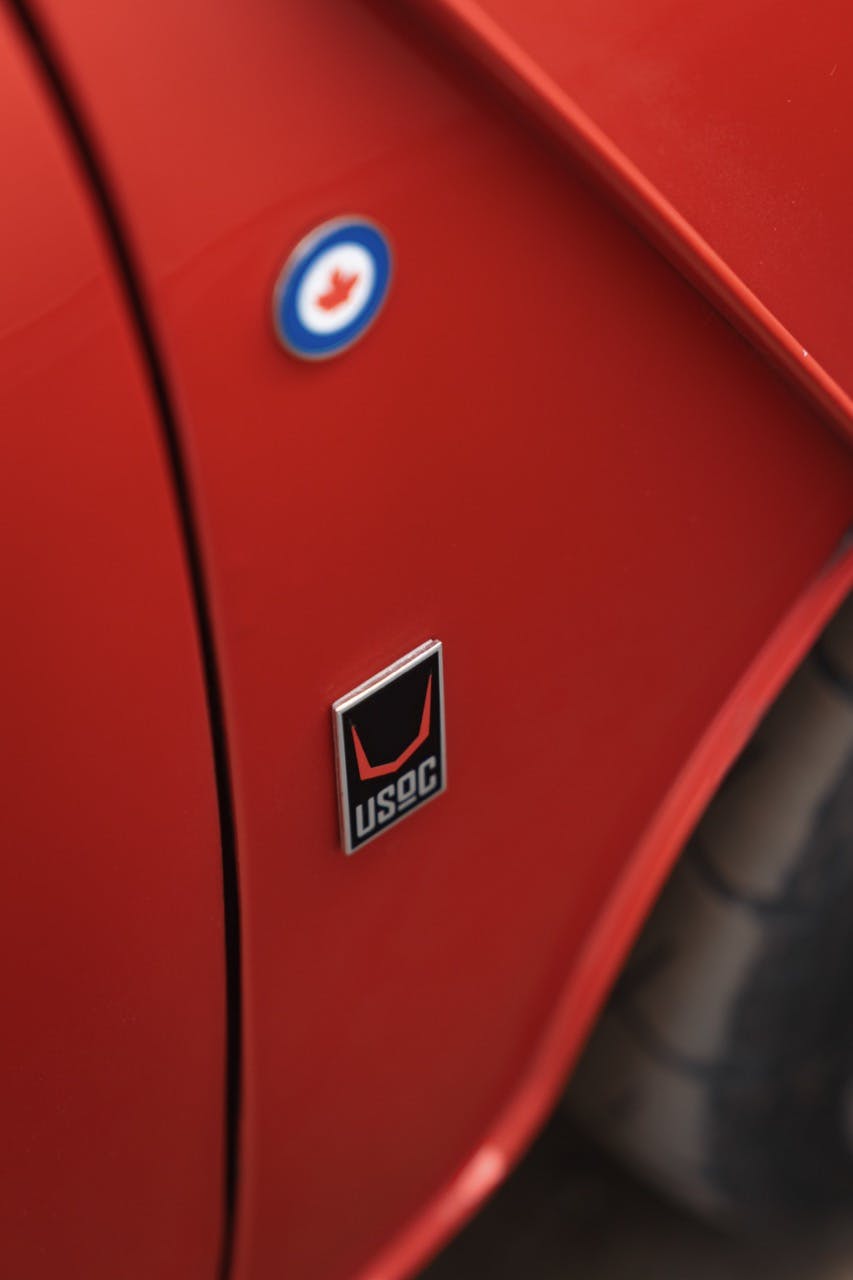
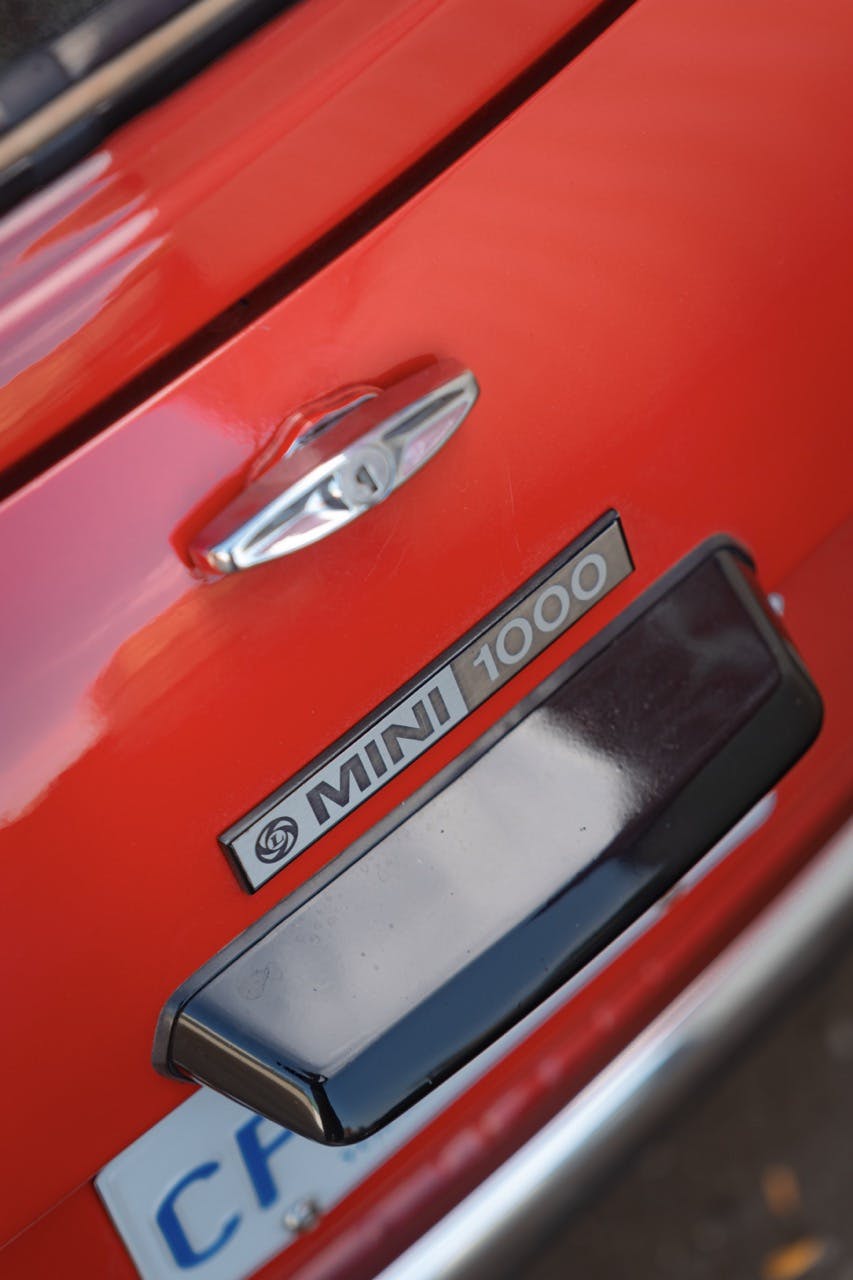
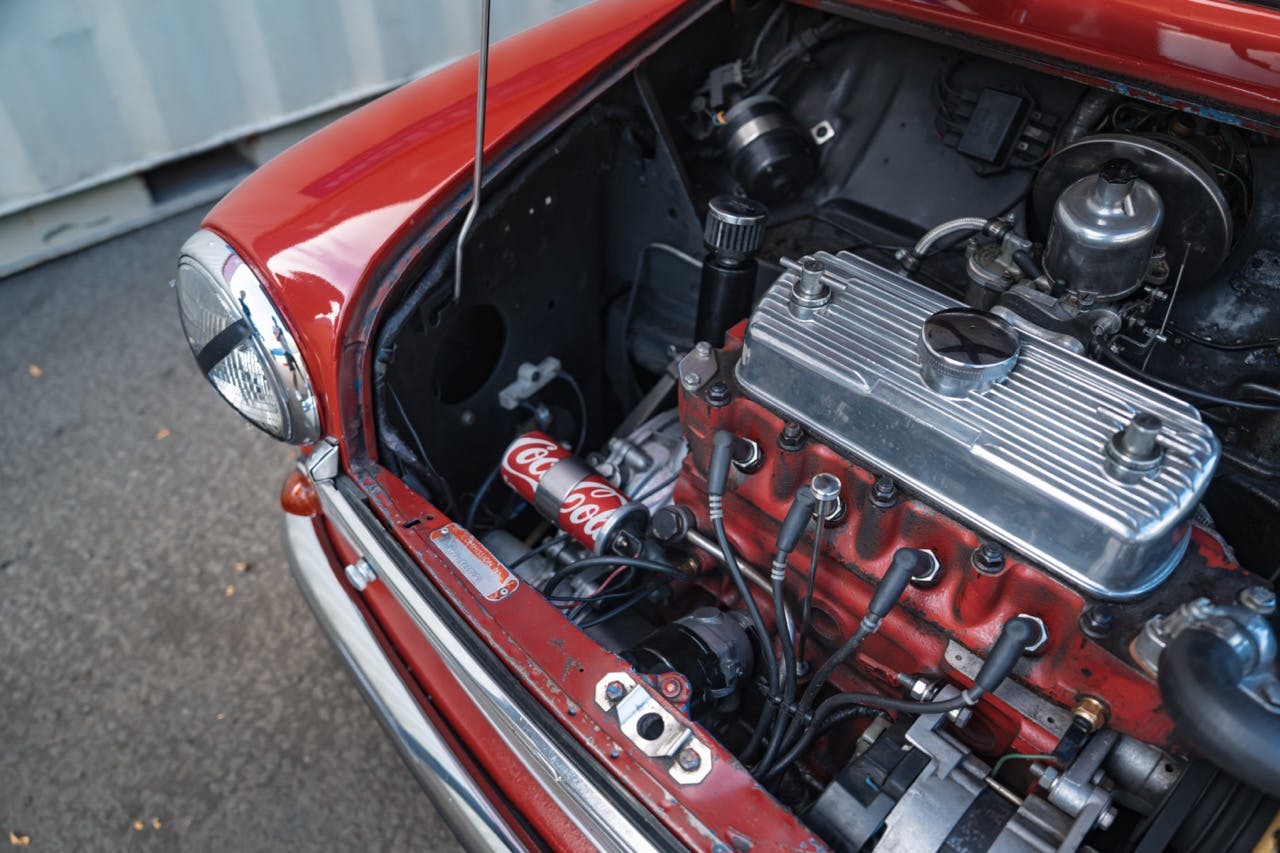
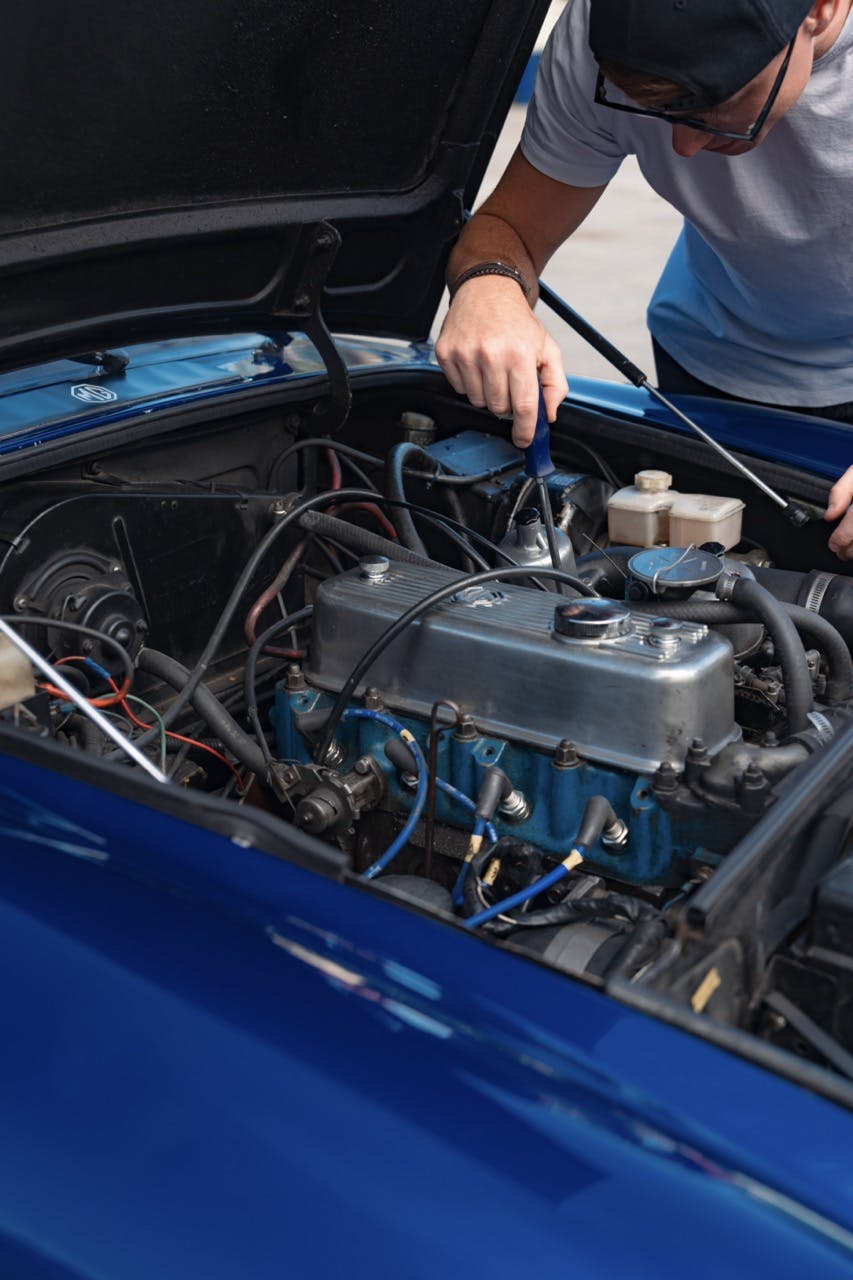

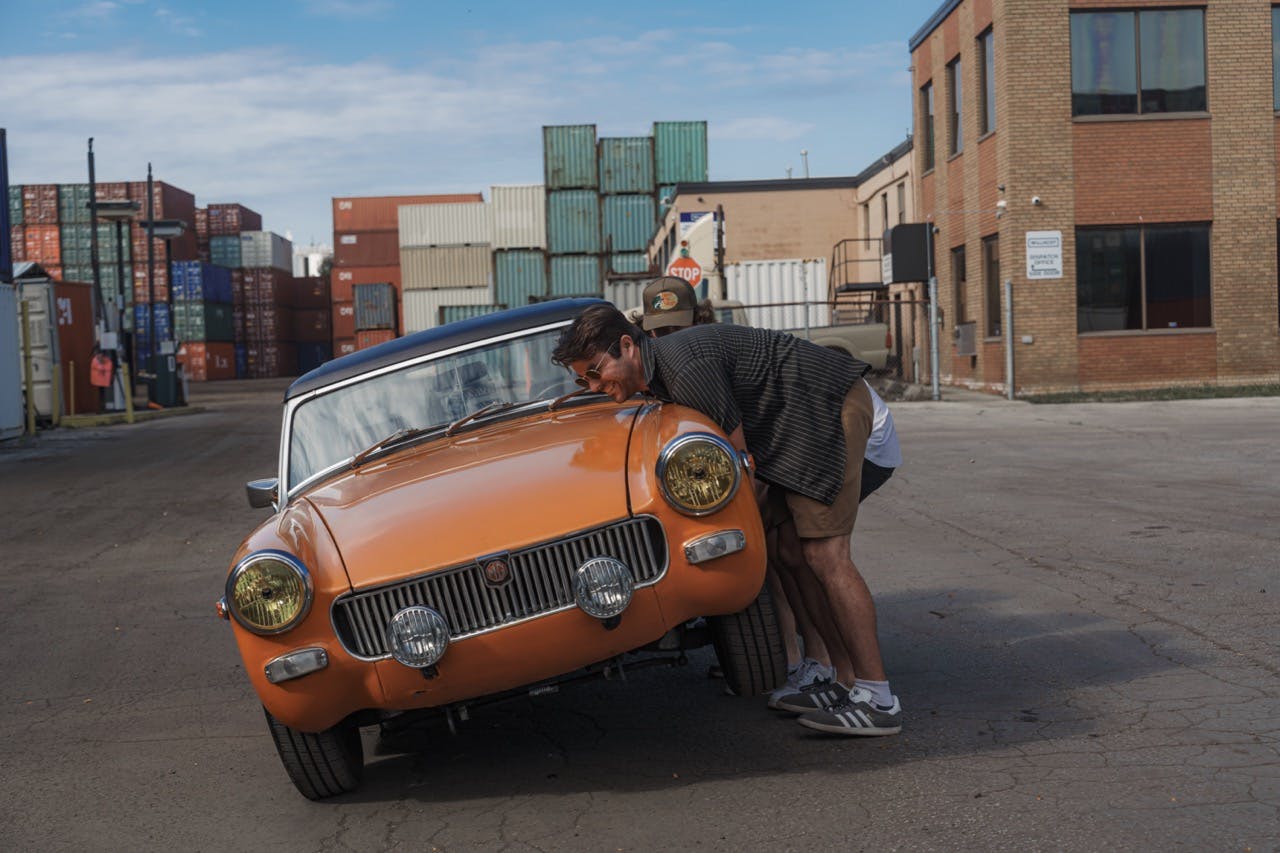


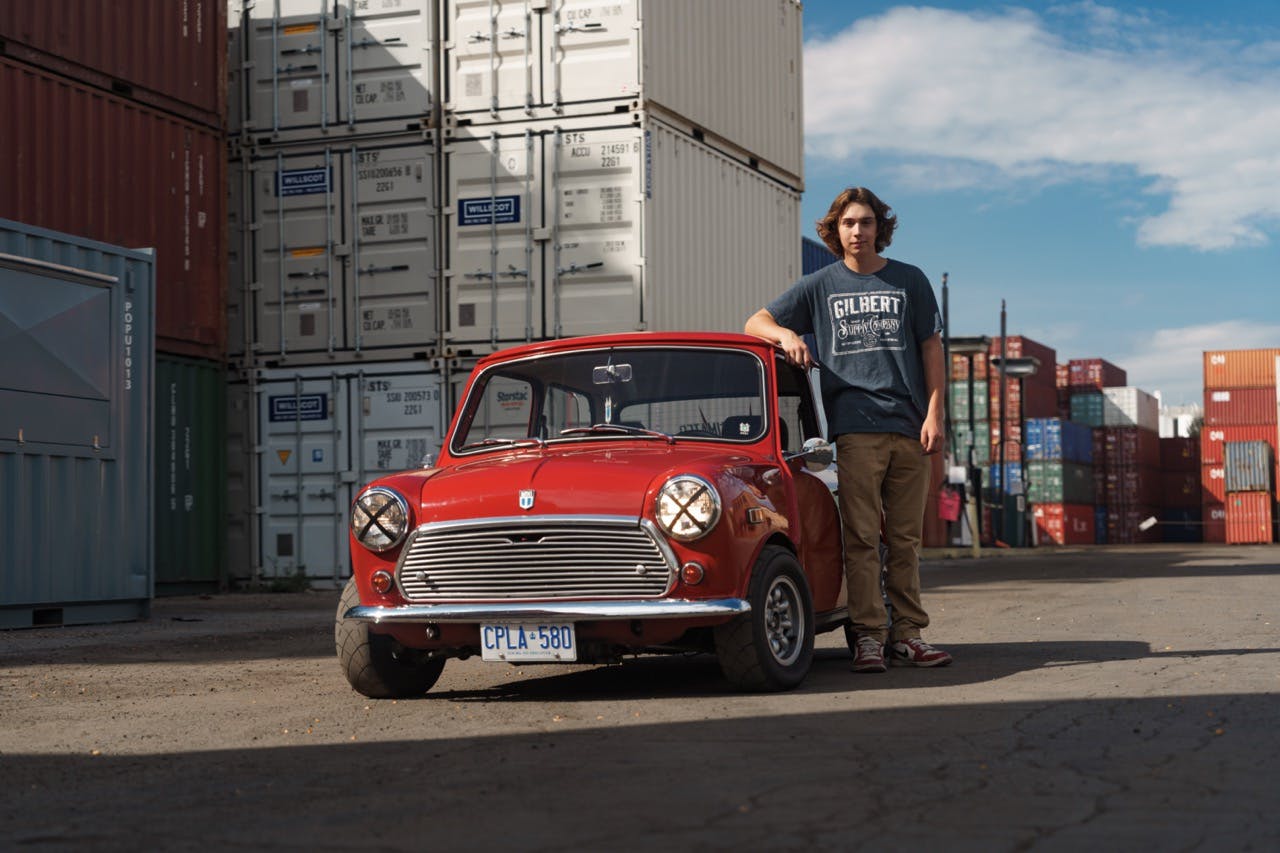

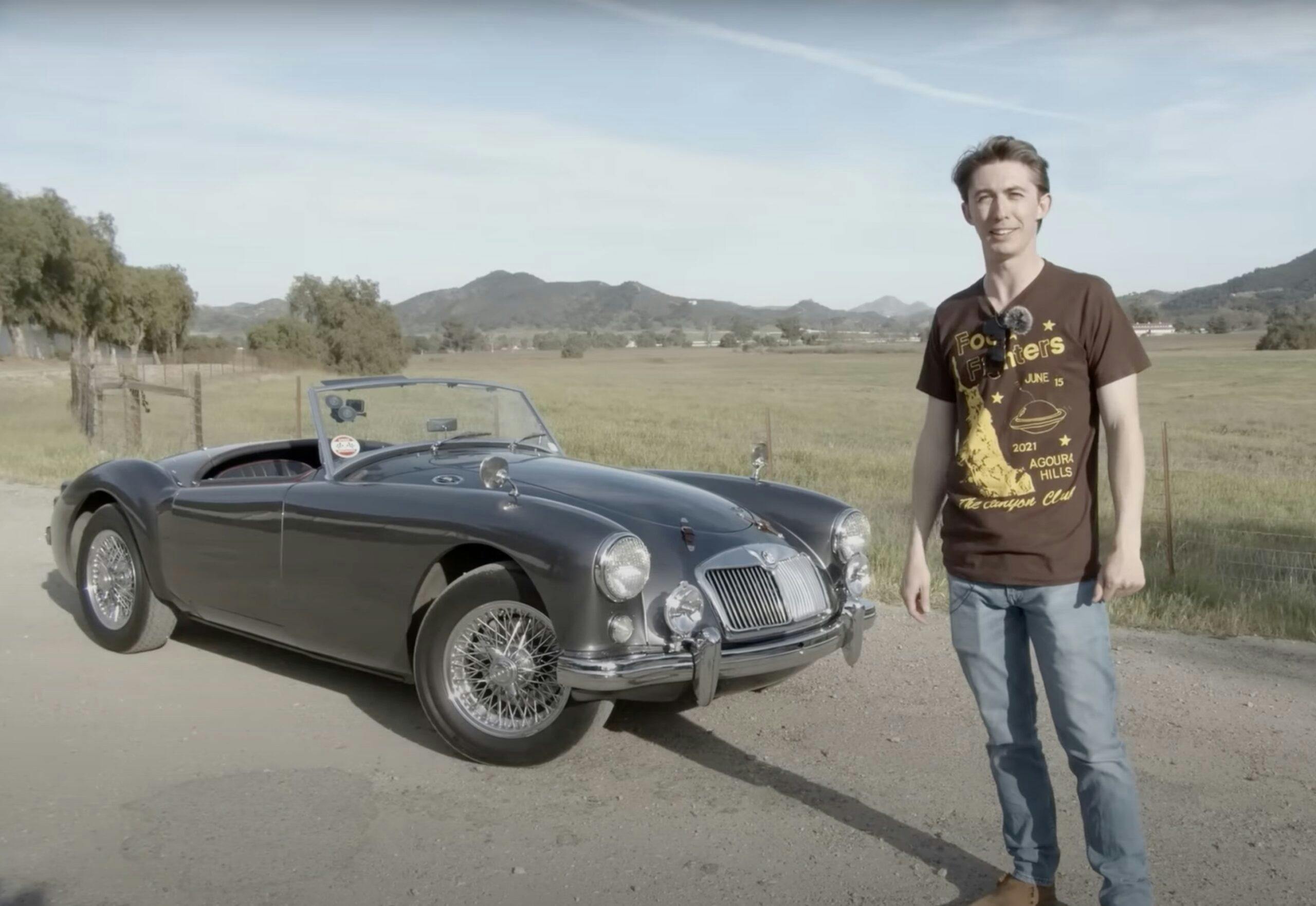


You can basically build a car from new for many of the old British models. British Motor Heritage has complete body shells for many of them. It makes the thought of doing a really nice restomod really tempting. Something like the Frontline Development cars but at a more reasonable price.
Frontline definitely provides some great inspiration.
Moss Motors has been keeping LBC’s on the road for years. Spent a ton of money there until I wised up and bought a Miata. Same song, different tune.
Damn Lucas, Smiths and SU Carbs!!!! and rusty doglegs!! on a ’62 Healey 3000!!!
But you have the best year!
Well you have a lovely white Healy and a hydraulic lift in your barn to work on it!
Dave J.
There is a large fraternity of LBC restomodders, mostly in Canada and the USA, that have converted their cars to be more user friendly in a fast paced environment – repowered with V6 or V8 engines and 5 speed transmissions or better geared rear axles – refined with new suspensions, fuel injection, addition of A/C or a switch to newer design Miata seats for example.
My personal MGB has a 302 Ford V8, a BW T5 xsmn coupled with a Mustang 8.8 axle w/4-link suspension and has covered over 80K miles since the early millennia. It has become an extremely reliable vehicle with the upgrades and is a joy to drive anywhere.
The amount of restomod options are mind blowing, many of which are bolt on
Great fun cars. I have a TD, A, B, and BGT. Also had several Triumphs. Highly recommend if you’re looking for fun and don’t mind tinkering with things.
Tinkering becomes part of the lifestyle. Sometimes it seems annoying but deep down we love it
I used to have an MG-A as my sole means of transportation. Yeah, things broke and fell off, but you didn’t need a degree in Electrical Engineering to fix it either. It was fun to drive and is still a good looking car. Wish I had hung onto it.
The reassuring simplicity is what makes them so appealing
I currently own an 1968 MGC and I have added around 2,000 miles over the past 12 years. I really like the car but I’m aging out of it.. Glad to hear that there are youngsters who appreciated these autos.
This story warms my 79-year old heart. I think something that might surprise our younger enthusiasts is just how young thinking the old people in this hobby actually are. Might Clayton be available to speak to nearby British car clubs?
I’m part of the MG Club of Toronto, but happy to speak with any other clubs as well!
That’s good to know Clayton. I’m with the Niagara British Car Club so we’re practically neighbours.
Small world, I’m from Niagara 🙂
Jim, I’m a little younger than you (71). Not ready to age out yet. Back in 1974, I bought a brand new 74 MGB off the showroom floor. 74 was the last year of the chrome bumper-ed B’s. I still own that car. It is a survivor with it’s original paint and interior that look great and a motor that has never been touched. You can do that if you buy em new and care for the car as they should be cared for. I have put on about 117,000 miles since new. When I moved to California from New York in 1978, I drove it cross country (with a side trip to South Carolina to visit with my Grandparents). My B gave me absolutely no trouble and could make the trip again if asked. It still drives great. When I do occupationally take it out for a drive nowadays, it does indeed make one in my age grouping feel young again.
Would never sell it but am thinking about who the next caretaker of my one owner B will be and if he (or even she) will treasure the car as much as I do while preserving the originality of the car.
Folks say British cars, especially their electrical systems, break a lot. True but they are similar to Model A Fords in their simplicity and usually are easy to fix with a little imagination. Like the time I drove an MGA coupe home 120 miles with an inoperative Lucas electric fuel pump. My only tools? A quarter and a pliers abd five minutes work.
Having owned 3 TR sixes and working on many more I have decided the electrical problems are mostly ground issues and poor quality work by the PO. The biggest problems with these and all cars of this vintage is rust
Wow, am I to understand that there is a whole world of cars out there that are NOT muscle cars? Now that’s a well kept secret. More LBC articles, please.
Lots of potential with these cars for personalization.
As one of the old farts, I’ve had my ’76 Spitfire since 1980, and my ’80 TR7 DHC since the early ’90s. I’ve put 3 times as much money into repairing the Spit as it cost me to buy, but after almost 44 years, it has become a member of the family. The TR7 needs some work, but it loves to take the winding mountain roads around here at 90 mph. Are they small, noisy, and prone to break down when you are far from home? Yes, but omg, they’re such fun to drive.
Well said. The foibles make them human, and Jeremy Clarkson put it!
Have it thoroughly inspected by an auto mechanic who knows British cars first.
Don’t overspend for what it is. There are lot’s of used ones out there to buy that are reasonably priced.
Aside from the initial purchase price, be prepared to spend (lots of) money on your new toy to keep her gorgeous.
If you live in Ontario, put it away in a shipping container, two vents, raised on tire jacks, battery removed and car cover from October to May.
Then enjoy (top down) over the late spring/short summer/early fall.
I own a 1969 MGB (North American model). I have already matched what I paid for it over the past five years, and we are only talking 4,111 miles in total. But, of course it is not for sale!
Very true. It’s truly best to start with a solid car that needs minimal attention
I’ve had 2 Triumph GT -6’s, an MG Midget, and a Porsche 914 as far as small sports cars go. The Porsche would clean their clocks in performance and handling but there is something about having to work it ( both in driving and fixing it ) that makes these LBC’s so much fun and enjoyable. Keep these old babies running!👍😁
As a life long Anglo-autophile, I say, “Congratulations and condolences, welcome to the most wonderful sickness in the car world!” I’m especially heartened that you and your mates are members of, what old geezers like me consider, the “lost generation.”
I bought my first MGB back in 1975, about the time your car was being made! That blaze orange/red ’72 launched me on a life-long fascination with cars in general and LBC’s in particular. It’s been a wild ride, with heady highs and miserable lows…and its been worth every oil-stained minute! I hope you find it just as exciting.
Best of luck, see you out on the road, and “Safety Fast!”
I have owned a succession of LBCs and even two L (Large) British Cars. A TR3, two Spitfires (one brand new), one 1 year old, a TR7, a Bentley S1, Jag XJ6 and E Type and five Minis-1 brand new. As I grew up in New Zealand in the 50s and 60s, I had a synthetic Brit Experience and saw all these cars as brand new at the time at first, then every day drivers and in later years-beginning in the 70s, as Classics. With the exception of the S1, and my current 1995 Mini Tartan, all those cars were daily drivers at the time. I learned to accept betrayal by Mr Lucas and the occasional “territory marking” as the price for generally inexpensive transportation and fun.
MY current Mini is from the last 5 years of manufacture and was a JDM. It has AC and SPI, both of which work just fine, even in 2023. Longbridge finally got all the bugs worked out and due to that fact and final drive gearing, I can cruise at 120kmh on the freeway if I want….but seldom do because that defeats the very reason people buy Minis and other LBCs. Back a few years ago a bunch of fellow Mini owners went from Victoria to Portland Oregon for the All Brit Field Meet and we took the back roads in a convoy equipped with walkie talkies. It was the most fun I have ever had in my entire life in a car. Sharp corners, blind hills, bridges, tracks, narrow roads and it was like they were designed as our personal rollercoaster.
Mr Lucas raised his predictable head-in our Mini. The alternator stopped alternating and took out the battery/ Bought two batteries and a charger for about $50 and made it safely back to the Ferry to Victoria. While waiting in the lineup Lucas granted us a Papal Dispensation and the Alternator recommenced to Alternate. Not trusting him, based on decades of experience, I replaced it for the princely sum of $110. Couple of years later I replaced the brake master servo for $185. Not bad for 11 years of driving. LBC parts are generally very inexpensive and my supplier can get my needs to my house in about a day. If I don’t want to wait I can do a 3 hour drive to his place.
Every time I go driving I get smiles and waives-everybody at some time in their life seems to have had contact with a Mini-or at least I’m told. I can get almost get 50 mpg, classic car insurance is very inexpensive, the smells, sounds, bumps and corners are intoxicating. You owe it to yourself to experience the best part of motoring.
So nice to see young people seduced by the charms of these cars. I have a ’70 B roadster. Drove it through college, 42 years of work, and now driving in retirement for the last three years. Been with John Bull (the B) longer than my wife. Not sure which I treasure more (just kidding Paula!). Neither snow nor rain nor heat nor gloom of night has kept us off the roads. Commuted for work throughout Oregon. Long trip to LA along Highway 1 in ‘80 (top down the whole trip and the only rain was IN Los Angeles). Two years in Alaska (careful with the soft top’s Isinglass at -20F). Over 450,000 miles, three engine blocks, original carbs, and one driver’s seat refurbish later. Not to say various other parts haven’t been replaced or rebuilt. That’s the point though. Open the hood on the B and one can actually see the engine! Then you can dive in and work on it. Such satisfaction, rebuilding something like the shocks and then driving again, handling like new, and realizing how much fun these cars actually are! Wind buffeting, sun shining, engine revvin’, as you blast through the corners on that winding road that the Interstates long forgot. We are indeed a dying breed, us lovers of British sports cars (gotta find a burial plot big enough for both me and the B). So nice to see these 20 and 30 somethings lovin’ them! Long live these cranky, fussy, temperamental, lovable and fun cars. Long live the young pups keeping these British anachronisms Safety Fast!
Very well put Jack. Summed it up perfectly! Safety fast!